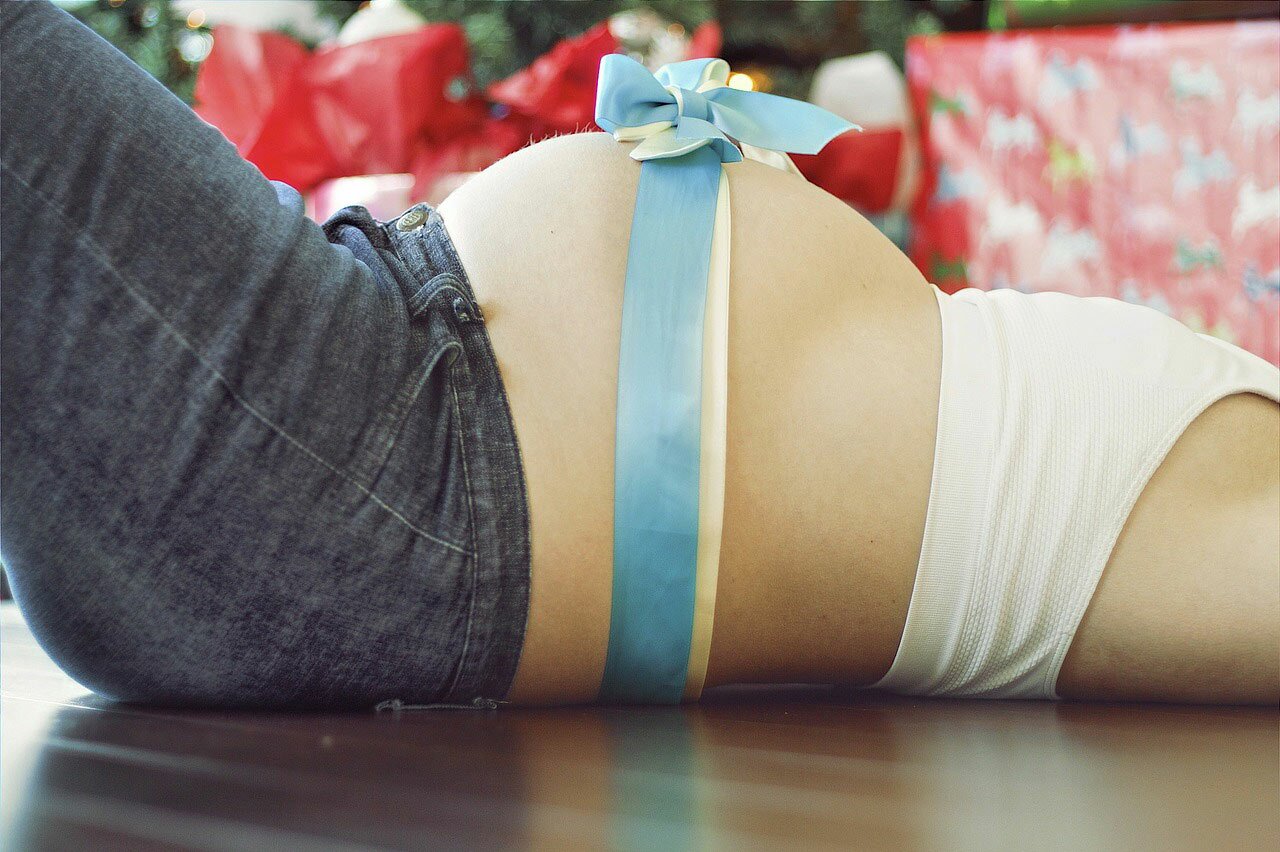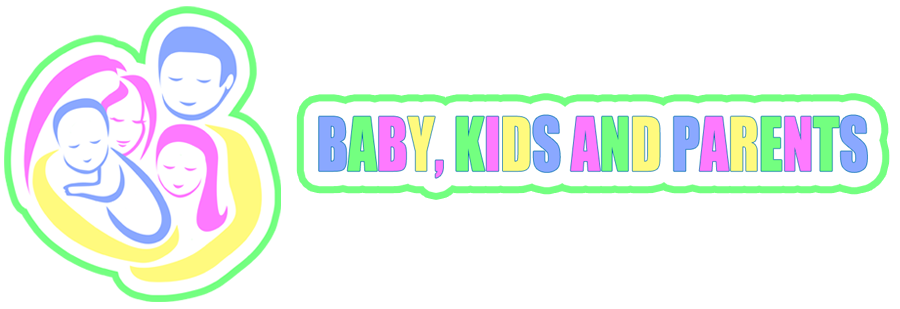
A cesarean section is the delivery of a baby through a surgical incision in the abdomen and the uterus of the mother. In nearly all cases the mother is awake, but anesthetized from the chest down by spinal or epidural anesthesia. In some circumstances, a c section can be scheduled in advance, and in other cases it is done in response to an unforeseen complication.
Cesarean sections have saved the lives of many mothers and their babies. Usually as a last option in difficult birthing situations, when the health of the mother or the baby is in dangerous.
Most common reasons for planned c-section are:
- The mother has already had c-section delivery and there were complications during the procedure. It is allowed to a woman to have a vaginal birth after prior c-section if there were no complications.
- When there are problems with the placenta like placenta previa or placental abruption. Placenta previa occurs when the placenta lies low in the uterus and partially or completely covers the cervix. If a complete or partial placenta previa has been diagnosed, a c-section is necessary. If has been diagnosed marginal placenta previa, a vaginal birth may be an option. Placental abruption is condition when the placenta separates from the wall of the uterus and the baby can’t get oxygen. It usually occurs in the third trimester. Because this separation can interfere with oxygen getting to the baby, an emergency cesarean may be needed.
- Multiple births. Twins may be delivered vaginally, but this depends on their weights, position and gestational age. Multiples of three or more are less likely to be delivered vaginally.
- When the mother have severe preeclampsia or eclampsia vaginal birth will take too long to be safe. Preeclampsia is a term for high blood pressure during pregnancy. This condition could prevent the placenta from getting enough blood needed and this way decrease oxygen flow to the baby.
- When the mother has a severe illness or other condition, in which delivery is not safe for the baby. For example virus infections like HIV or HSV, or heart problem or ovarian cysts.
Most common reasons for emergency c-section are:
- When the baby is in the breech position. In this case under certain circumstances can be done vaginal delivery, but the most safe for the baby is c-section. In cases when the baby is in distress or has cord prolapse, or the baby is premature, a cesarean is necessary.
- Cord prolapse is complication that occurs in approximately one in every 300 births and then emergency cesarean is performed. In this situation the umbilical cord slips through the cervix and protrudes from the vagina before the baby is born. The cord can then become trapped against the baby’s body during delivery. When contractions begin, the uterus causes pressure on the umbilical cord, which diminishes the blood flow to the baby.
- When the mother failure to progress in labor or with other words, the labor is long and slow. This can happen if the cervix is not dilated completely to allow the baby to move down the birth canal. Contractions may not be strong enough to open the cervix for the baby to get through. According to the American Congress of Obstetricians and Gynecologists, one third of cesarean sections are performed because of failure to progress in labor.
- When the baby is too big to pass through the vagina.
- When the uterus tears during pregnancy or labor. This can happen in approximately 1 in every 1500 births. Uterine rupture can lead to hemorrhaging in the mother and interfere with the baby’s oxygen supply and this is a reason for immediate c-section.
- When the baby has a certain type of birth defect. Birth defects are health conditions that change the shape or the function of one or more parts of the body.
- When the mother’s pelvis is too small or the baby’s head is too big must be performed a c-section because the baby can’t pass to the birth canal. This condition is called cephalopelvic disproportion.

